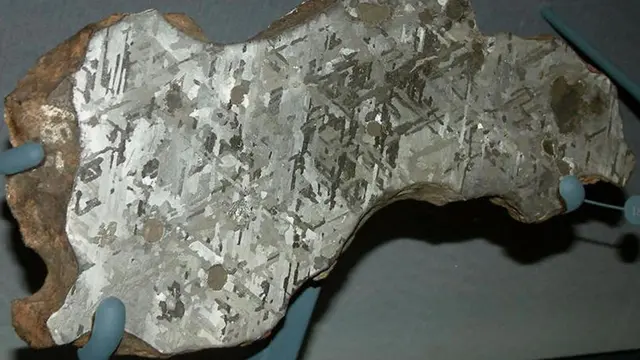The Pale Blue Dot: A Reflection on Our Place in the Universe

Introduction
The “Pale Blue Dot” is an iconic photograph of Earth taken by the Voyager 1 spacecraft in 1990. Captured from a distance of about 3.7 billion miles away, the image portrays Earth as a tiny, almost insignificant speck in the vast expanse of space. This photograph, along with the profound words of Carl Sagan, has left a lasting impact on humanity, reminding us of our place in the cosmos. In this article, we delve into the story behind the Pale Blue Dot, its significance, and the lessons it offers for the future.
The Story Behind the Pale Blue Dot
On February 14, 1990, at the request of astronomer and author Carl Sagan, NASA commanded the Voyager 1 spacecraft to turn around and take one last series of photographs of the planets in our solar system before it left for the interstellar space. Among these images was the now-famous photo of Earth, a dot less than a pixel wide, bathed in a scattered ray of sunlight. This tiny dot, the “Pale Blue Dot,” became a symbol of our planet’s fragility and smallness in the grand cosmic arena.
Carl Sagan’s Profound Message
The photograph became even more meaningful when Carl Sagan, in his book titled Pale Blue Dot: A Vision of the Human Future in Space, wrote a poetic reflection on the image. He described Earth as “a mote of dust suspended in a sunbeam,” emphasizing how everything we cherish, every human ever born, every conflict, and every joy, occurred on this small, fragile world. Sagan’s words remind us of our shared humanity, the importance of taking care of our planet, and the need for unity.
Significance of the Pale Blue Dot
The image serves as a humbling reminder of our place in the universe. From such a vast distance, all of humanity’s achievements, struggles, and differences fade into obscurity, highlighting the need for global cooperation and compassion. It emphasizes the fragility of our planet, which appears as a mere speck in an immense and seemingly indifferent cosmos. The Pale Blue Dot also encourages us to look beyond our differences, reminding us that we are all inhabitants of the same small world.
Lessons for the Future
The Pale Blue Dot teaches us several important lessons:
Environmental Stewardship: The image highlights the importance of taking care of our planet. We have only one home, and its resources are finite. Addressing climate change, protecting biodiversity, and promoting sustainability are critical for the future of all life on Earth.
Unity and Compassion: From a cosmic perspective, the divisions between nations, races, and religions seem insignificant. The Pale Blue Dot encourages us to embrace unity, compassion, and understanding, fostering a sense of global community.
Exploration and Curiosity: The photograph also inspires us to continue exploring the universe. The quest to understand our place in the cosmos is an enduring part of the human spirit, and the Pale Blue Dot reminds us that there is still much to learn.
The Legacy of the Pale Blue Dot
More than three decades after it was taken, the Pale Blue Dot continues to resonate with people around the world. It has inspired countless scientists, philosophers, and artists to ponder humanity’s place in the universe. Carl Sagan’s poetic reflection on the image remains a timeless reminder of the beauty, fragility, and interconnectedness of our world.
Conclusion
The Pale Blue Dot is more than just a photograph; it is a profound symbol of our existence. It encapsulates the beauty, vulnerability, and preciousness of life on Earth. As we look to the future, the image and the words of Carl Sagan continue to inspire us to care for our planet, seek unity, and explore the mysteries of the universe. In a world that can often feel divided, the Pale Blue Dot offers a perspective that can bring us closer together, reminding us that we all share this tiny, fragile world.





